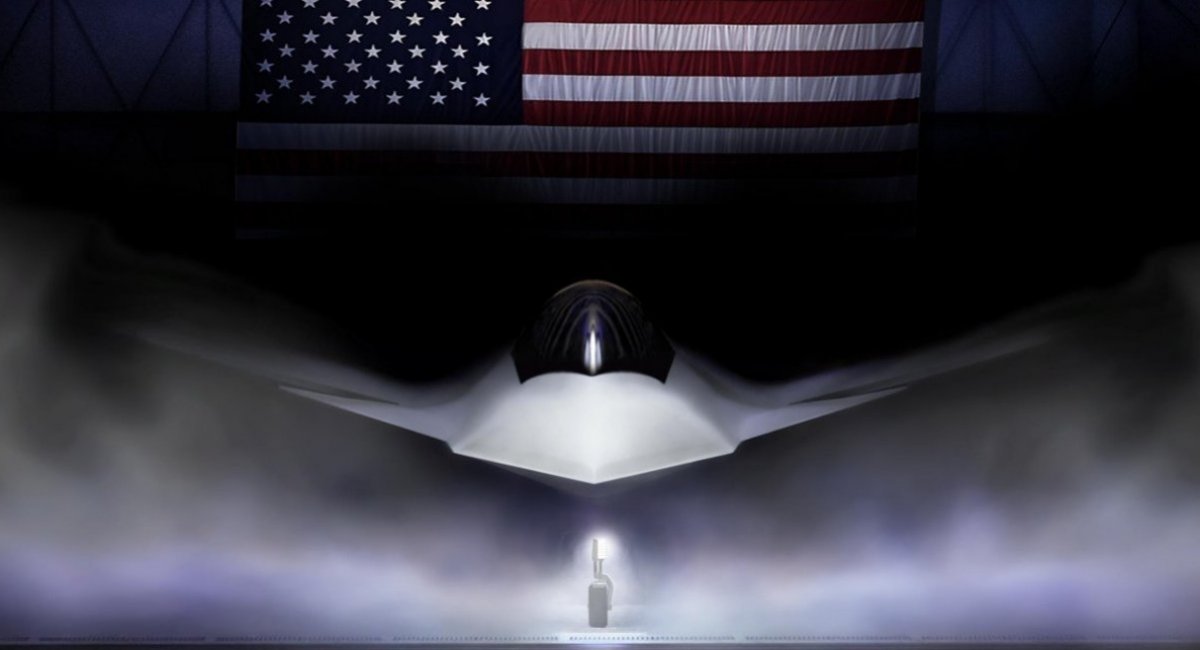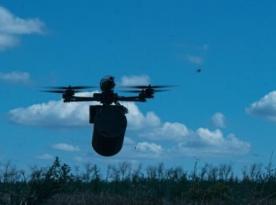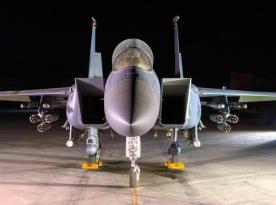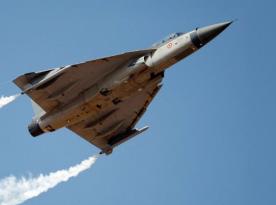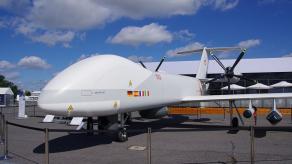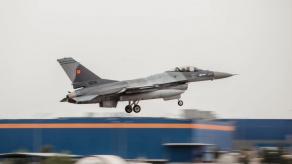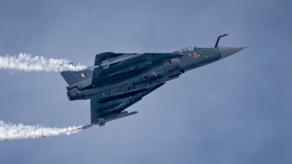The U.S. Air Force’s sixth-generation fighter jet, designated F-47 under the Next Generation Air Dominance (NGAD) program, may take to the skies without its intended engine — the Next-Generation Adaptive Propulsion (NGAP) system. Due to supply chain disruptions, the development of NGAP has been delayed by two years, pushing the prototype's readiness from late 2027 to Q2 2030.
A spokesperson for the U.S. Air Force confirmed the delay in a statement to Breaking Defense, citing procurement and supply issues. However, engine manufacturer General Electric claims development remains on schedule and could even be accelerated. Although this statement may reflect corporate positioning rather than transparency, Defense Express notes.
Read more: U.S. Army Wants a Universal Launcher for All Munitions to Prepare for a Future War in Europe
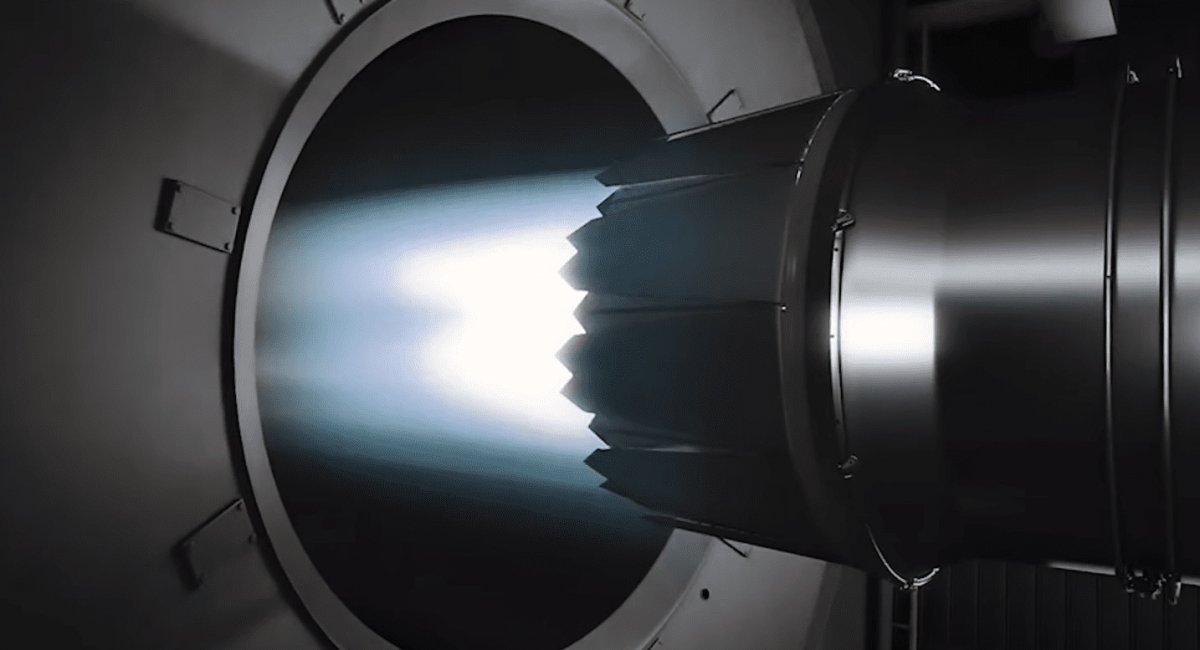
Despite these assurances, budget documents tell a different story. In 2026, the NGAP program will receive $330.3 million, down from $439.9 million in 2025 — a significant $100 million reduction. The U.S. Air Force attributes the cut to the transition from the design and prototyping phase to system refinement and preparation for production. But this still looks like the Pentagon searching for ways to optimize spending.
Especially given recent cancellations of classified programs like the E-7 Wedgetail and Freedom Lifter, as well as hits to the Navy's next-gen fighter development F/A-XX, the budget cut raises questions about a shift in strategic priorities at the U.S. Department of Defense. It also raises the possibility that funding constraints are part of the reason behind the NGAP delays.
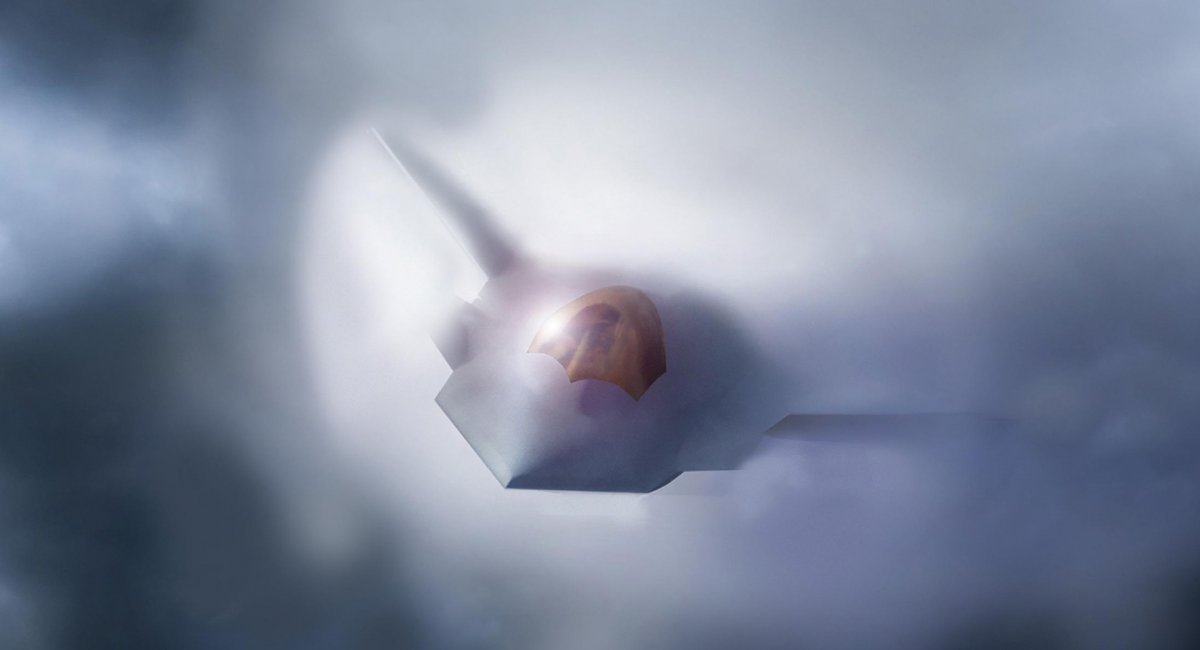
Adaptive engines like NGAP are designed with variable-cycle technology, allowing them to switch between fuel-efficient cruising and high-thrust combat modes in real time. Unlike traditional turbofans, these engines can adjust bypass ratios dynamically, offering both greater range and enhanced performance — two critical attributes for sixth-generation air superiority fighters operating in contested environments.
While the adaptive engine was originally envisioned as compatible with multiple fighter platforms, it is primarily intended for the NGAD project - the F-47. Yet the Pentagon still expects the first flight of the aircraft within the next four years.
This aggressive timeline now clashes with engine availability. One fallback could be using existing engines, as seen with russia's Su-57 and Turkey's KAAN. But this stopgap approach introduces technical compromises, integration risks, and future upgrade costs, especially if the aircraft is optimized for the NGAP's variable-cycle capabilities.
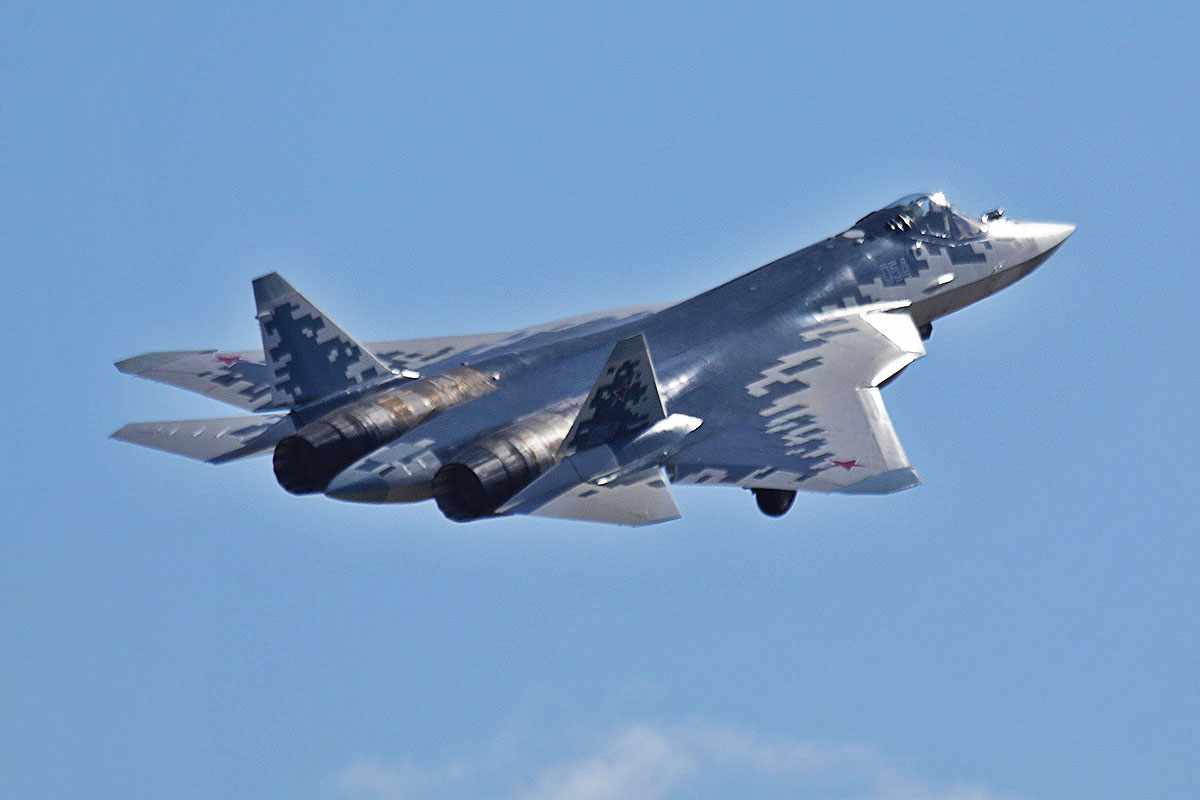
The NGAP program is expected to conclude by 2032, but the prototype delay could push that date even further — impacting an already challenged project. Meanwhile, international competitors are not slowing down. The UK–Italy–Japan GCAP (Tempest) fighter is set to achieve its first flight by 2030, potentially beating the U.S. in next-gen air dominance for a couple years.
Read more: Exactly 68 Years Ago, United States Fired a Nuclear Air-to-Air Rocket Directly Above USAF Officers



